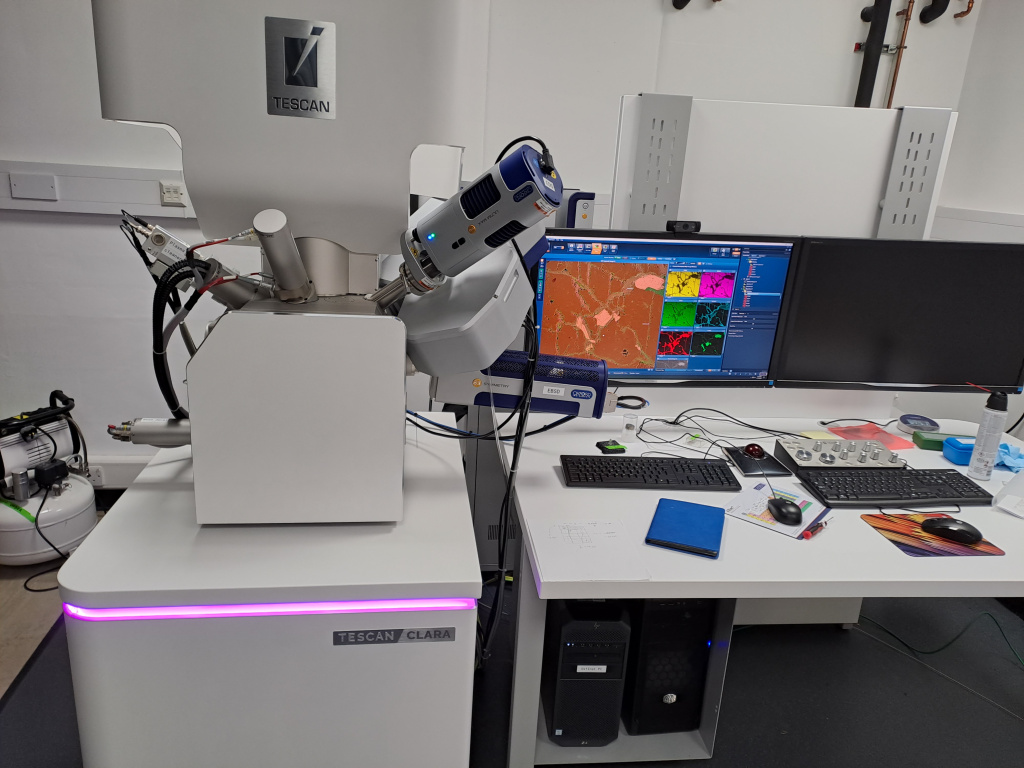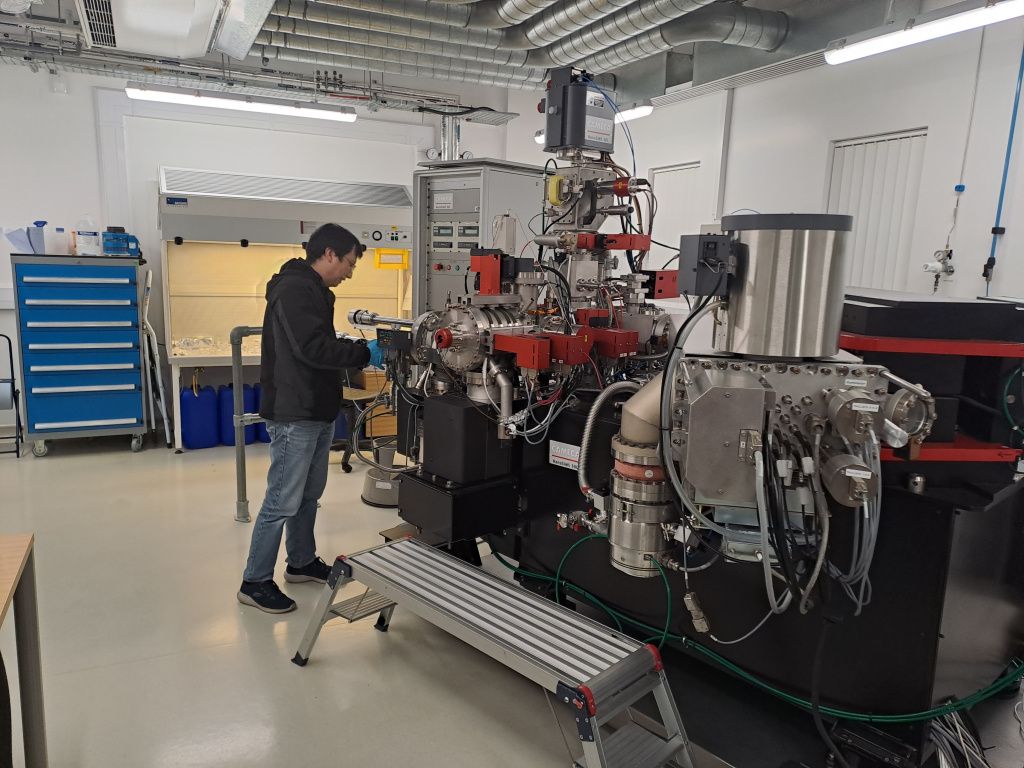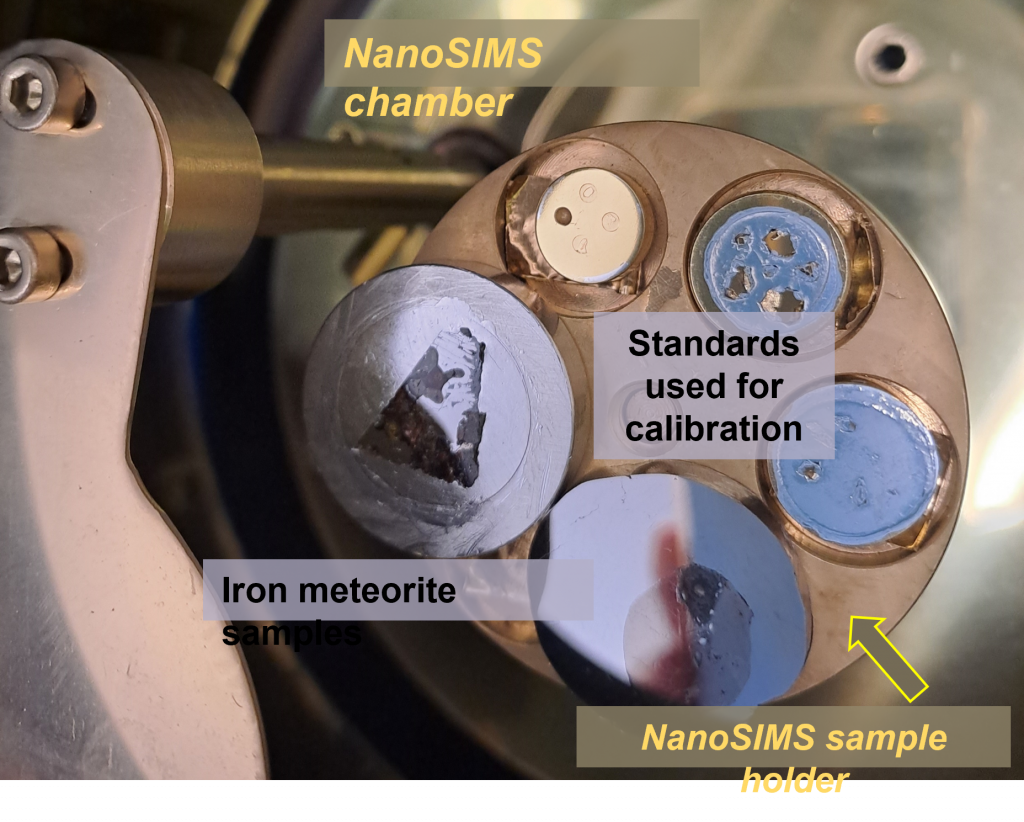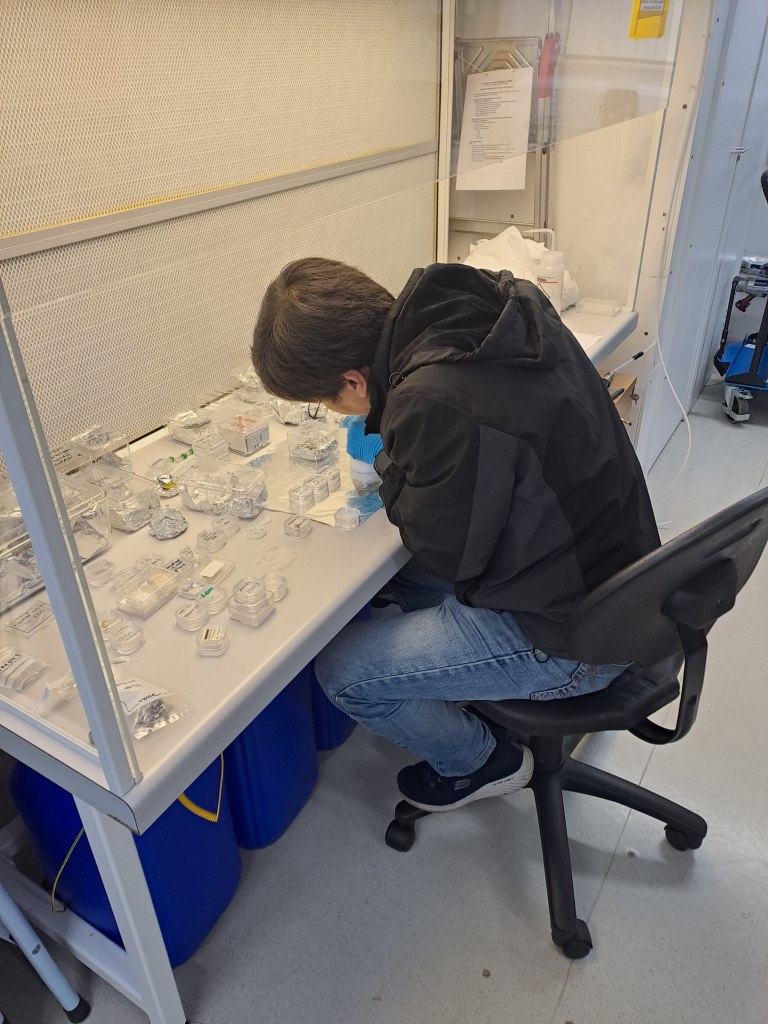20-EPN2-052: Water in silica-bearing iron meteorites – implications for early Solar System dichotomy
Visit by Ana Černok, Freie Universität Berlin (Germany)/University of Trieste (Italy) to TA2 Facility 21 – OU NanoSIMS 50L (UK).
Dates of visit: 14-21 November 2022 and virtual visit from 28 November – 20 December 2022
Understanding the volatile inventory of the earliest Solar System is inseparable from understanding which sources contributed to the volatiles of the oldest and relatively dry non-carbonaceous (NC) objects formed in the inner Solar System, and if they were different from wet carbonaceous (CC) materials, formed in the outer Solar System.
Two questions remain largely unanswered in this respect: (i) What are the abundances and isotopic composition of volatiles in the oldest NC objects and (ii) What were their sources? These questions can be answered by investigating some of the oldest objects in the Solar System, namely, the NC iron meteorites.
This Europlanet visit to the NanoSIMS facility was focused on trying to determine the content and isotopic composition of H or H2O inside minerals within iron meteorites. The iron meteorites are some of the oldest formed materials in the Solar System and hold key evidence if there has been any water available when they formed, and if there was: where did this water originate from?
Here we focused on understanding water abundance and its isotopic composition in some of the oldest NC silica bearing iron meteorites (IVA type): Muonionalusta, Gibeon and Steinbach. Other investigated irons did not contain any silica. The lowest water content was measured in Gibeon (< 10 ppm) and Muonionlusta (15–20 ppm), while minerals in Steinbach contained significantly more water (40–120 ppm). The δD values for Gibeon show a large range and greater uncertainties, due to low measured water contents. The δD values in Muonionalusta and Steinbach cluster between ~0–300 ‰. In fact, silica phases in both minerals cluster between ~0–200 ‰, while low-water cpx in Steinbach shows the highest δD values (200–300 ‰). The difference in δD values between mineral phases in Steinbach likely reflects the difference in their crystallisation history, where opx may have lost H resulting in increased D/H ratio (higher δD) due to degassing. Overall, the source of water in these NC irons is very similar to that of the Earth and the chondrites, while low-D reservoirs have not been detected.




Read the full scientific report, with kind permission from Ana Černok.

